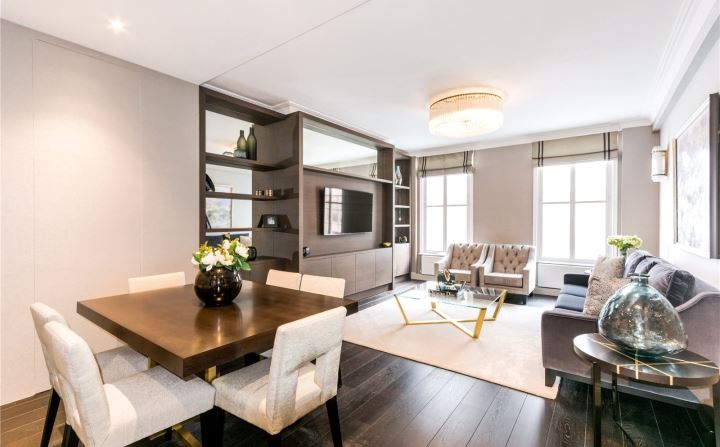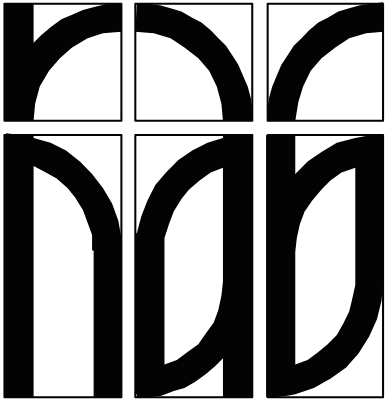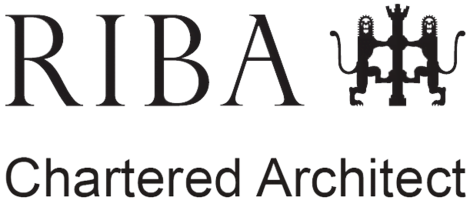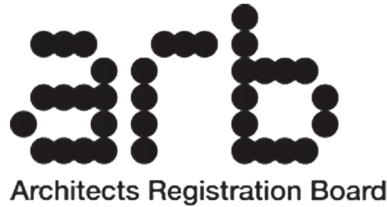In today’s international society, people with an international background are becoming increasingly common. Whether you were born in another country, moved as a child, or simply have parents/grandparents from another country, having an international background is no longer a rare phenomenon. Working as an architect with an international background certainly has its challenges but also comes with many rewards. In this article we’ll look at the pros and cons of being an architect with an international background, tips for working as such, and advice from architects who work internationally every day.
What are the benefits of being an architect with an international background?
Architects with an international background have a unique perspective when designing buildings. Having travelled or lived in different countries, the cultures and ways of life of the people there are very familiar. This perspective is useful when designing buildings that are meant to serve many different purposes and appeal to many different people. Architects with an international background can also easily communicate with people from other countries. This not only makes working as an architect much easier, it also opens up opportunities for collaboration.
What are the challenges of being an architect with an international background?
Architects with an international background often face the challenge of having no official architectural qualifications. This is especially common among designers who moved to another country to study and then returned home to work. While many countries are more flexible when it comes to this type of scenario, it can still prove to be a challenge. It is also common to face challenges when it comes to finding local employment as an architect. Many architectural firms are xenophobic and prefer to hire local employees. In some countries, it is even illegal to hire people who are not citizens.
Tips for working with clients from abroad
Communication is key when working with clients from abroad. Language barriers can quickly become an issue, especially if the language used in the architectural design process is not English. Other issues that can arise from working with clients from abroad include time zone differences and the fact that you may not have ever met in person. It is thus important to make sure you have proper communication tools in place, including translation services and communication apps. If you are looking for clients abroad, it can be useful to join international architectural organisations. Joining these organisations will help you connect to potential clients from many different countries.
Advice for working with international clients
Before you start working with a client from another country, talk with them about what is specific to their culture that might affect their design wishes. This will help you avoid any miscommunications that could delay your work. Know what work visas are required and how you can assist your clients in acquiring them. Be very careful when accepting payment from international clients. Despite the fact that your work may be excellent, you might not receive payment if you don’t have the right protection. For example, PayPal only offers protection for purchases of up to $50,000. If you are dealing with international clients, choose a payment method that offers full protection, such as an escrow service.
Final thoughts
Architects with an international background are a truly unique bunch. With a wide variety of cultural and social experiences, they bring a fresh and interesting perspective to their work. These architects can easily communicate with people from a wide variety of backgrounds, and have a clear idea of what is important to each group. If you have an international background and are considering a career in architecture, don’t let the challenges of being an architect with an international background deter you. Be sure to communicate well with your clients and make sure they know exactly what they’re paying for.



